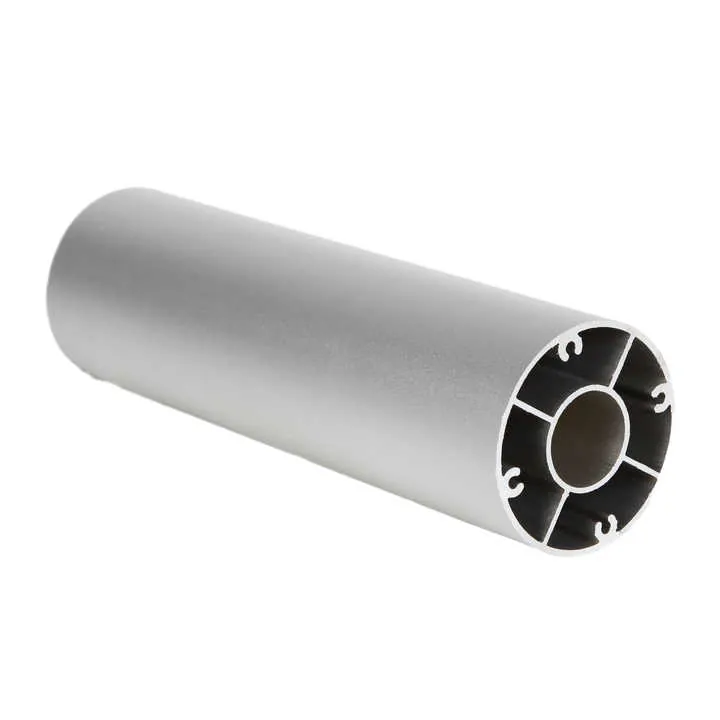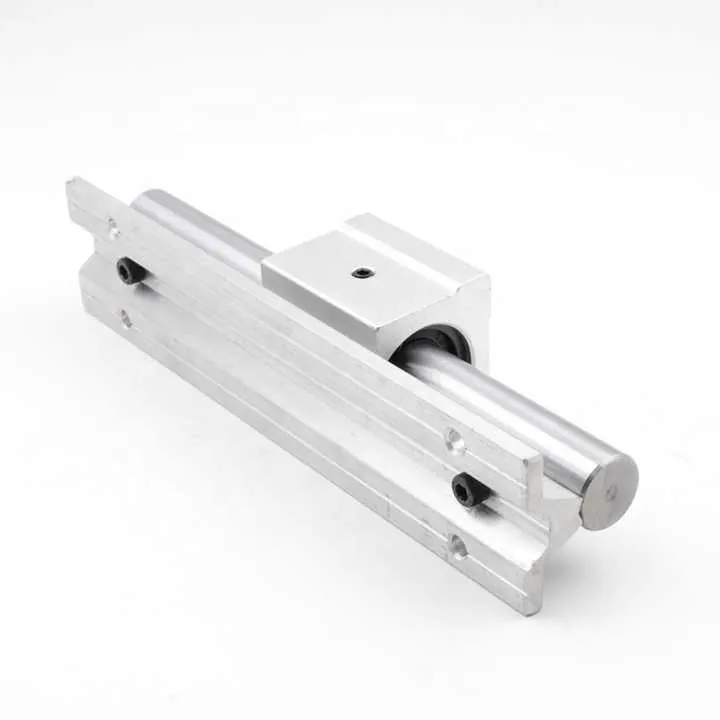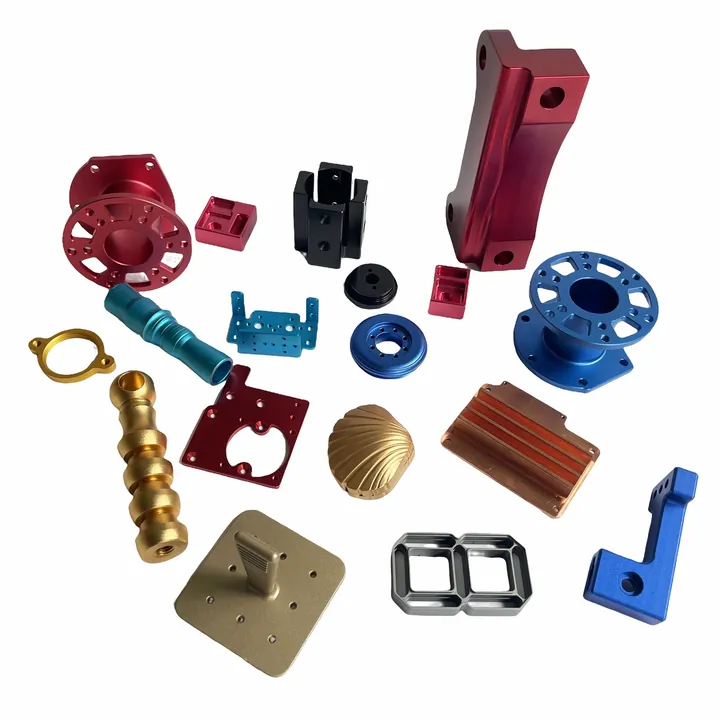Surface Treatment of Aluminum Profiles – Anodizing?

When it comes to aluminum profiles, the surface treatment can make a world of difference. Often overlooked, anodizing can transform both the appearance and the durability of aluminum components.
Anodizing is an electrochemical process that increases corrosion resistance, enhances aesthetics, and improves wear resistance in aluminum profiles. It forms a durable oxidized layer naturally protecting the underlying aluminum from environmental factors.
Understanding anodizing can be pivotal for industries requiring robust and aesthetic aluminum parts. Let’s delve into how anodizing serves these purposes.
What is anodizing for aluminum profiles?
Anodizing may sound complex, but its benefits are surprisingly simple. It promises enhanced durability, improved aesthetics, and increased resistance against wear and tear.
Anodizing is the method of enhancing the aluminum surface by oxidizing it. This creates a protective, aesthetically pleasing oxide layer without altering the metal’s intrinsic properties.

The science behind anodizing revolves around immersing aluminum into an acid electrolyte bath, which applies a current to the material. This forms a controlled oxide layer, thickening the natural oxide surface. Anodizing colors the metal by dyeing the porous oxide before sealing it. This method not only strengthens the aluminum but also offers a diverse range of color options, improving both functional and visual appeal.
With various anodizing techniques available, such as clear anodizing and color anodizing, industries can select based on their specific needs. Clear anodizing highlights the metal’s natural sheen, while colored anodizing offers aesthetic versatility. These options allow parts to withstand various environmental conditions, making anodizing particularly suitable for architectural applications.
Anodizing goes beyond mere protection. By altering voltages and electrolytes, different finishes can be achieved, from matte to high gloss. This technique provides a cost-effective way to enhance the metal’s longevity, invaluable for industries relying on strong and appealing aluminum profiles.
Anodizing strengthens aluminum through the creation of a protective oxide layer.True
The process involves controlled oxidation that forms a durable barrier, enhancing the metal's resistance to corrosion and abrasion.
Anodizing reduces aluminum durability by introducing weak spots.False
Anodizing, instead, strengthens the aluminum by adding a protective anodic layer that prevents environmental damage.
How does anodizing protect aluminum?
Anodizing not only protects; it enhances and prolongs the life of aluminum components, giving them a competitive edge.
The anodizing process creates a hard, weather-resistant layer on aluminum. This layer acts as a shield against corrosion, abrasions, and environmental wear, significantly extending product life.

Through the anodizing process, aluminum profiles gain an additional defensive layer that stands up to adverse weather conditions. This oxide layer serves as a rust-proof armor, safeguarding the metal beneath from moisture and pollutants.
The protective prowess of anodizing largely derives from its intrinsic structure. The layer created becomes part of the aluminum itself, without the risk of chipping or pealing, unlike paint or plating methods. This integration ensures that the material remains uncompromised by surface disruptions.
Furthermore, anodizing offers significant advantages over its counterparts, such as powder coatings or galvanization. It provides a natural appearance while keeping the metal lightweight. In critical applications, such as in aircraft construction, this weight advantage becomes crucial.
Anodizing also contributes to the aluminum’s long-term sustainability by decreasing maintenance costs and prolonging the necessity for replacements. This increases the material’s economic value and promotes environmentally conscious industrial practices.
While the anodizing process involves considerable energy and resources, its contribution to product longevity and sustainability justifies the effort. Thus, anodizing serves as both a protector and enhancer, fundamentally altering aluminum profiles for the better.
Anodizing layers are prone to chipping and peeling.False
Anodizing integrates with the aluminum surface, preventing issues common with coatings. Its permanence ensures consistent protection.
Anodizing allows for various final finishes.True
By adjusting the anodizing conditions, different finishes from matte to high gloss are achievable.
Which anodizing type suits profiles best?
Choosing the right anodizing type can define the functionality and longevity of the profiles in their intended applications.
Among the kinds of anodizing, hard anodizing offers improved thickness and wear resistance, while standard anodizing provides a balance of aesthetics and protection for aluminum profiles.

Anodizing comes in a variety of forms, each serve their unique purpose in the world of aluminum profiles. Hard anodizing forms a thicker oxide layer, resulting in exceptional abrasion resistance and durability. This makes it suitable for applications requiring high wear resistance, such as in gears and mechanical parts.
On the flip side, standard anodizing provides a thinner protective layer, which is ideal for applications where aesthetics are equally important as functionality. This method suits architectural components and consumer products that seek a balance between durability and visual appeal.
Colored anodizing offers additional creative freedom, allowing designers to incorporate branding and design elements into the metal components. Furthermore, choosing the appropriate anodizing type hinges on operational environments. Hard anodizing is better for corrosive situations while decorative anodizing excels in interior settings.
A vital part of deciding the type of anodizing is considering the end-use environment and the required specification compliance. For instance, aerospace applications might prioritize weight and corrosive resistance, steering towards hard anodizing or sulfuric anodizing processes.
Finally, ensure the selected anodizing enhances the profile’s inherent properties without undue costs. The broad spectrum of anodizing options means there is almost certainly a fit for every application profile.
Hard anodizing is meant only for aesthetic improvements.False
Hard anodizing is primarily utilized for enhancing thickness and wear resistance, often for mechanical applications where durability is crucial.
Different anodizing techniques allow for functional and aesthetic optimization.True
By choosing the appropriate technique, profiles can be tailored for longevity, aesthetics, or a combination of both.
Can anodizing improve durability?
Durability is often the unsung hero of product design and longevity. Anodizing could just be the key to unlocking potential durability in aluminum.
Anodizing enhances aluminum’s durability by producing a sturdy oxidized layer, bolstering resistance to mechanical wear, tear, corrosion, and environmental factors. This prolongs the component’s service life significantly.

The assurance of added durability makes anodizing a favored choice for many sectors reliant on aluminum. It provides components that endure extreme temperatures and corrosive environments without compromise.
The anodized layer offers a protective embrace, reducing the need for costly repairs or replacements, thereby affirming the durability added is both economic and structural. Contrary to some surface treatments that weaken over time, anodized coatings maintain their protection throughout the product’s lifespan.
Besides, the resilience provided by anodizing contributes to sustainability by reducing waste, as fewer resources are expended on recreating parts. Combined with its non-toxicity and recyclability, anodizing supports eco-friendly manufacturing standards.
Let’s not forget customization: anodizing allows tailored solutions, ensuring profiles meet specific durability milestones. This level of specificity helps manufacturers meet the diverse needs of current industries while guaranteeing the longevity of their products.
Durability through anodizing stands as a hallmark of modern engineering excellence, proving its worth across various applications from aerospace to consumer electronics.
Anodizing decreases resistance to environmental factors.False
On the contrary, anodizing strengthens resistance, making aluminum profiles more durable against environmental impacts.
Anodizing is a sustainable solution for prolonging aluminum product life.True
Anodizing extends the life of aluminum products through increased durability, minimizing material waste and promoting sustainability.
Conclusion
Anodizing stands as a multifunctional process that significantly enhances aluminum profiles’ durability and visual appeal. With its ability to protect, beautify, and extend life, anodizing remains a pivotal choice for industries demanding robust and enduring aluminum profiles.



